Alocasias are striking plants known for their large, beautifully patterned leaves. Propagating these plants can help expand your collection and share their beauty with others. This guide will walk you through the steps to successfully propagate Alocasias.
Introduction
Alocasias are members of the aroid plant family, which includes popular varieties like Philodendron, Monstera, and Anthurium. Native to tropical and subtropical regions, Alocasias are prized for their dramatic foliage. Similar to Aglaonema and Epipremnum, they are relatively easy to propagate with the right method.
Selecting a Healthy Mother Plant
When choosing an alocasia plant to use as a mother plant for propagation, select one that is mature, healthy, and actively growing. Some things to look for include:
Vibrant, Healthy Leaves
Select a plant with no signs of disease, pests, or nutrient deficiencies. The leaves should be vibrant green in color with no yellowing or brown spots. New leaf growth is also a good indication of a healthy plant.
Established Root System
Check that the plant has filled its pot with roots. A plant that is root-bound or that has several air roots growing out of the drainage holes likely has a very robust root system ideal for propagation.
Consistent Care
Pick an alocasia that has been well cared for and maintained on a regular watering and fertilization schedule. Plants that receive good care often make the best mother plants.
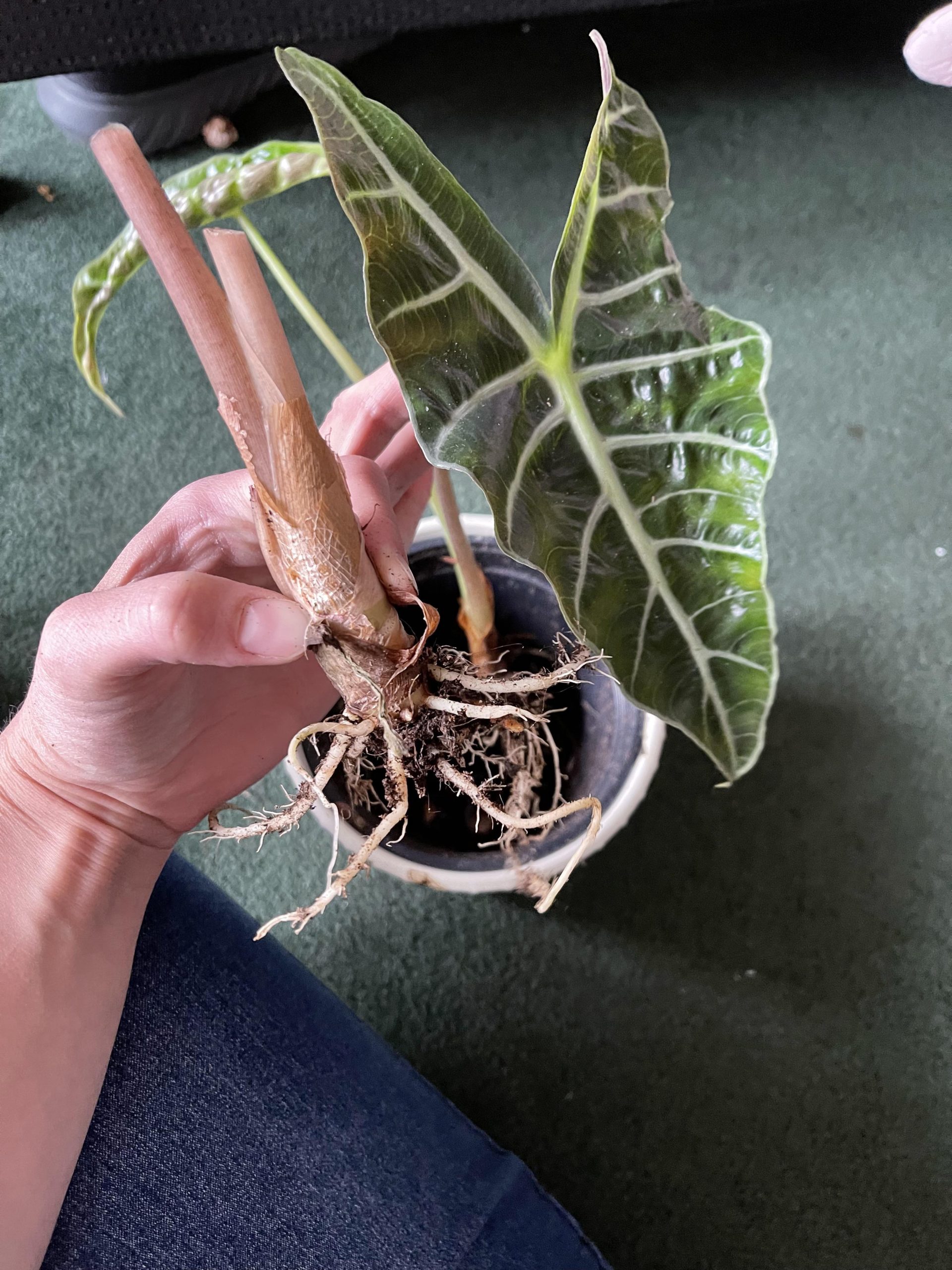
Propagation Methods for Alocasia
There are a few different propagation methods that work well for alocasias. The three main methods are division, tubers, and tissue culture.
Division
Division involves splitting the plant at the root ball, allowing new plants to generate from the divided sections. Here is a step-by-step guide:
Materials Needed
- Sharp, Clean Knife or Spade
- Rooting Hormone (optional)
- Well-draining potting mix
- Clean Pots
Process
- Carefully remove the plant from its pot
- Gently break apart the root ball with your hands, dividing it into sections
- Make sure at least 3-5 healthy leaves remain intact on each divided section
- Dip the roots in rooting hormone to encourage root growth
- Repot each divided section in its own pot using fresh potting mix
- Water well initially; allow the divided plants time to recover before resuming normal care
“Explore the Exceptional 2023 Alocasias Variegata Collection: A Curated Selection of the Rarest and Most Unique Varieties Available.”

Tubers
Alocasia tubers are swollen stems that grow below the soil surface. These tubers can regenerate into new plants. To propagate this way:
Process
- Carefully uproot the plant and locate healthy tubers attached to the roots or rhizomes
- Use a clean, sharp knife to detach the tubers
- Allow the tubers to dry for 1-2 days until the cut surface has calloused over
- Bury the tubers horizontally in well-draining potting mix so the growing end points up
Water sparingly initially and increase watering once new growth emerges

Tissue Culture
Tissue culture is a high-tech propagation method used by professional growers to generate large quantities of identical plant clones in a laboratory. While advanced, it ensures disease-free, genetically identical plants.
Post-Propagation Care
To give your new baby alocasia plants the best start, be sure to give them the proper care once propagated. Here are some tips:
Humidity
New plants have small, delicate leaves that require ample ambient humidity around 50-60%. Use a humidifier or pebble tray to keep humidity high.
Bright, Indirect Light
While alocasias love light, direct sun will damage their newer leaves. Give them bright, indirect light instead.
Reduce Watering
Resist overwatering new plants initially as they establish roots. Allow the top inch of soil to dry between waterings.
Fertilizer
After around 8 weeks, begin fertilizing new plants lightly with a balanced houseplant fertilizer to nourish growth.
Troubleshooting Issues
If your propagated alocasias begin struggling, here are some common issues and solutions:
Drooping Leaves
This usually indicates overwatering. Allow plants to dry out longer between waterings.
Leaf Yellowing
Yellow leaves often show a nutrient deficiency. Begin fertilizing plants with micronutrients added.
Slow Growth
If new leaves emerge slowly, increase light exposure and humidity while easing back on watering.
Alocasias species are the most sought after by aroid plant lovers
Conclusion
Propagating alocasias allows you to easily expand your elephant ear collection. Follow the methods outlined for dividing plants, tubers, or tissue culture for best results. Give new plants ideal care by providing warmth, humidity, and proper light while taking care not to overwater them. Your propagated alocasias will soon grow into beautiful statement plants.
See more 5 Stunning Alocasia Varieties: Transform Your Home Today!

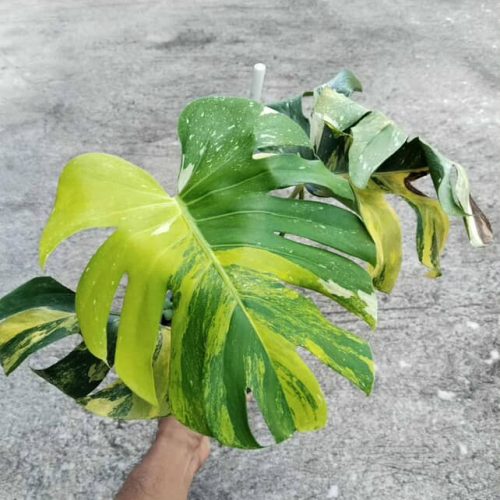
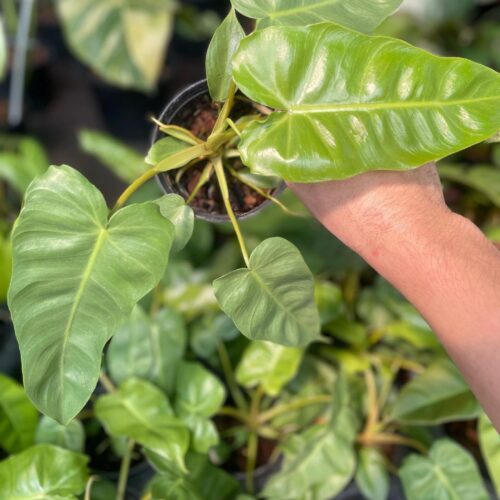
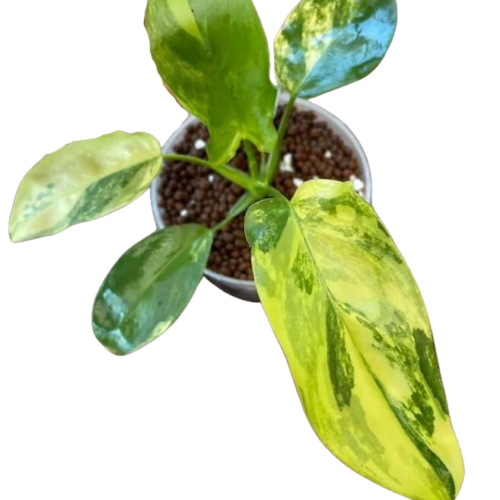
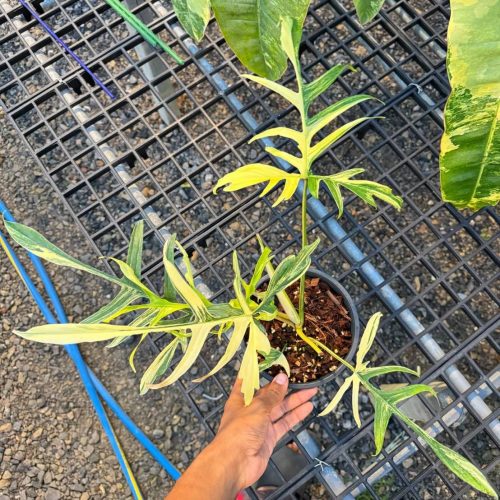
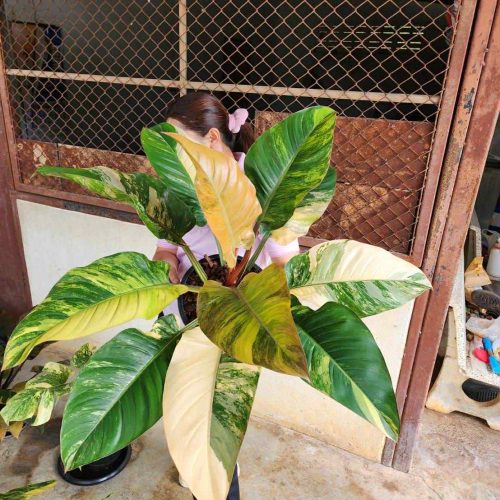
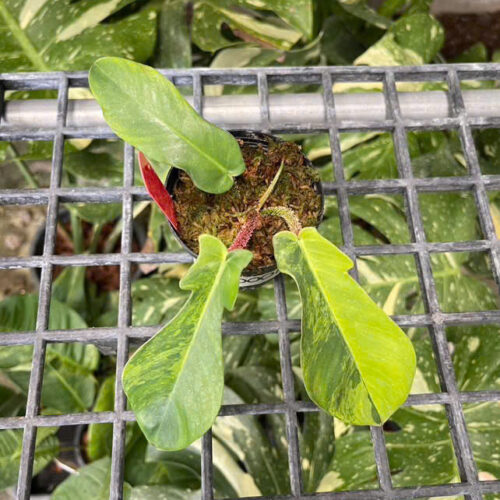
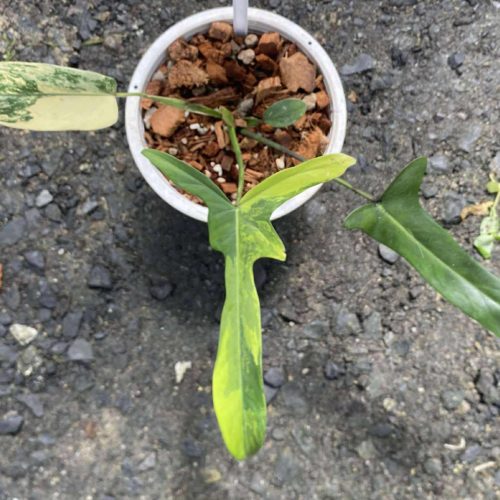
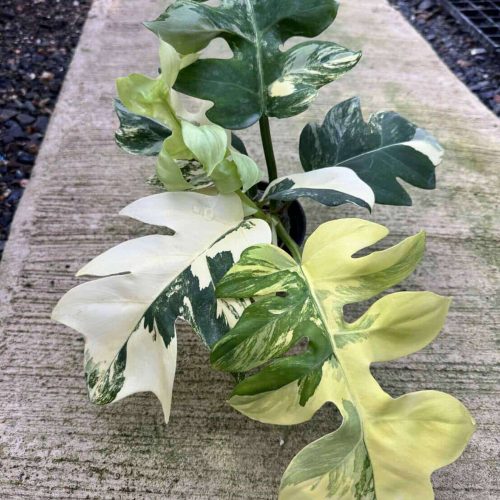
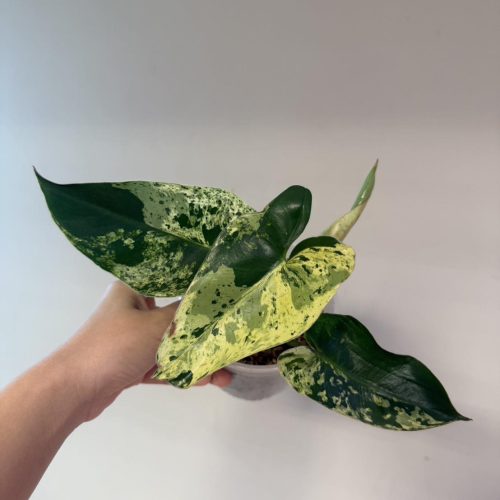
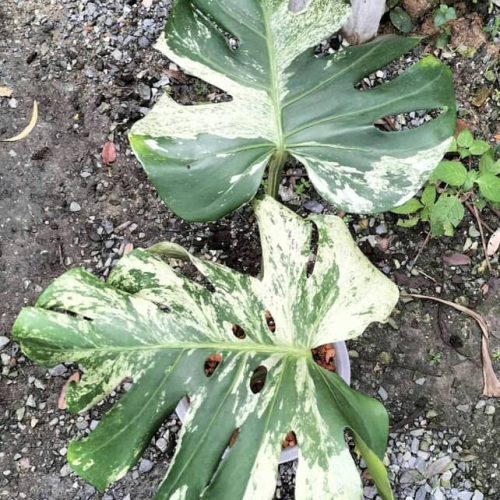
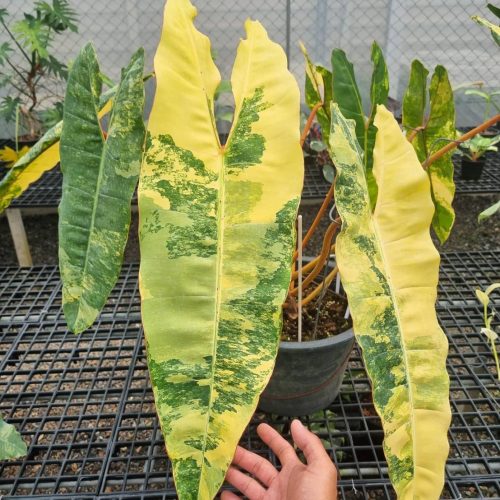

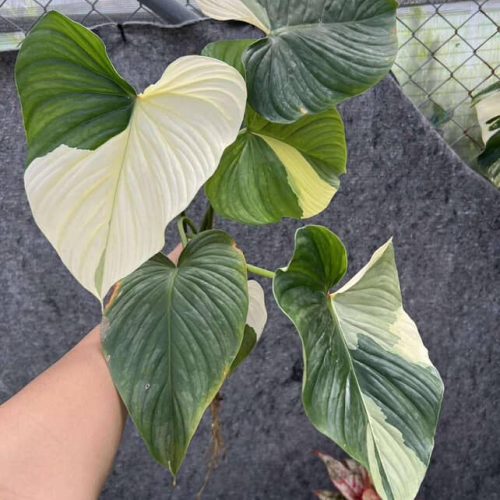
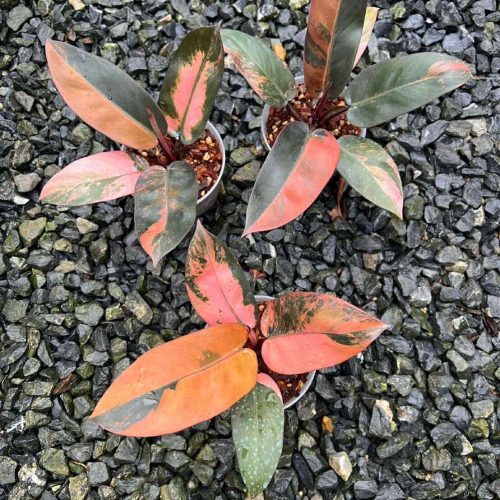
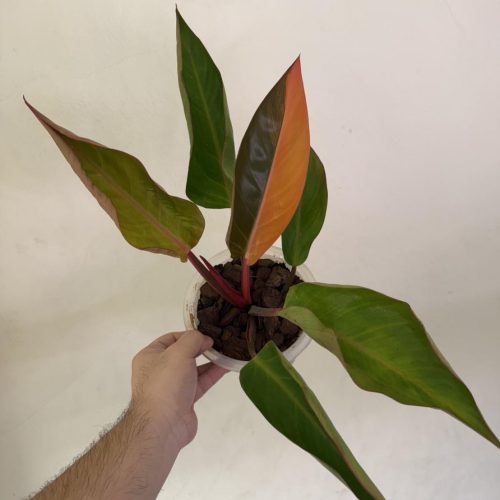
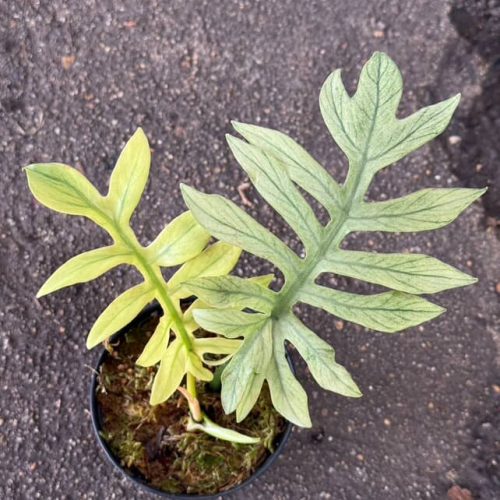
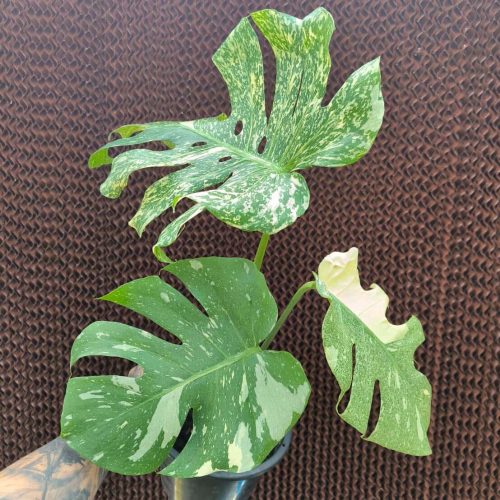
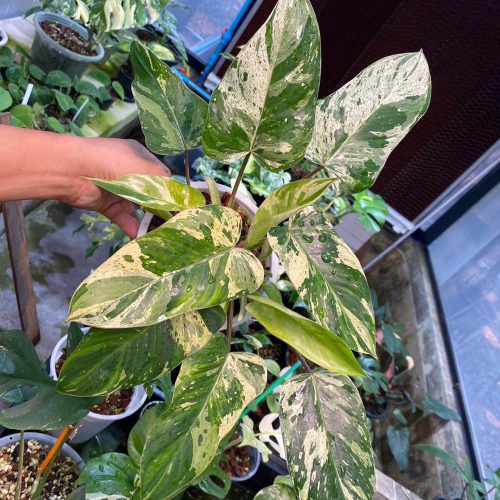
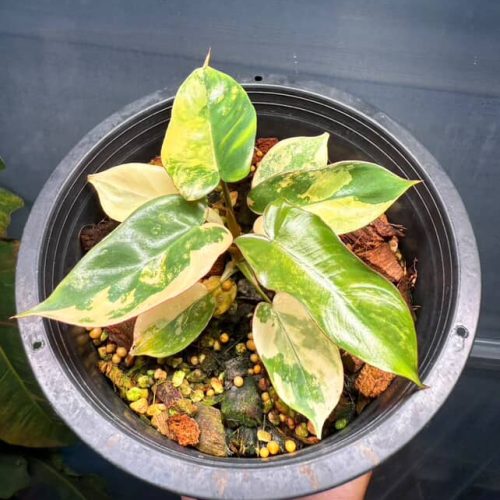
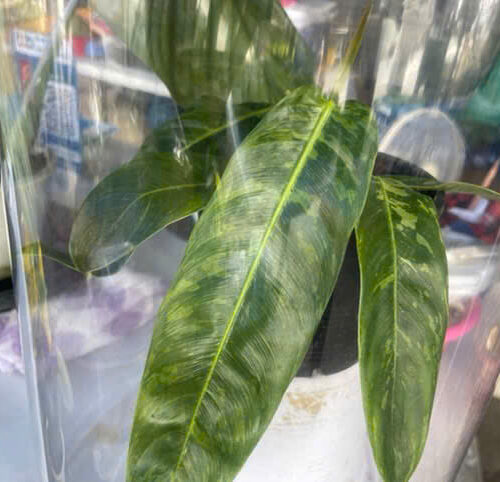
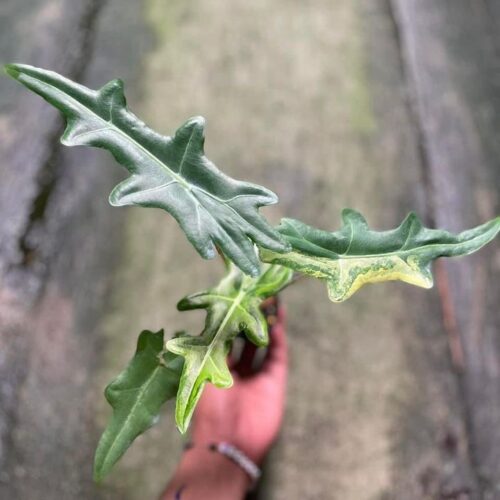
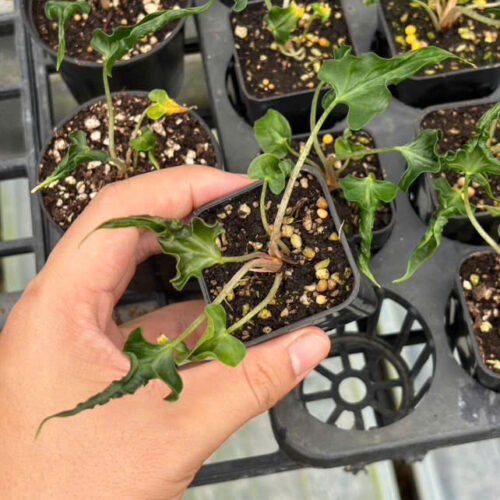

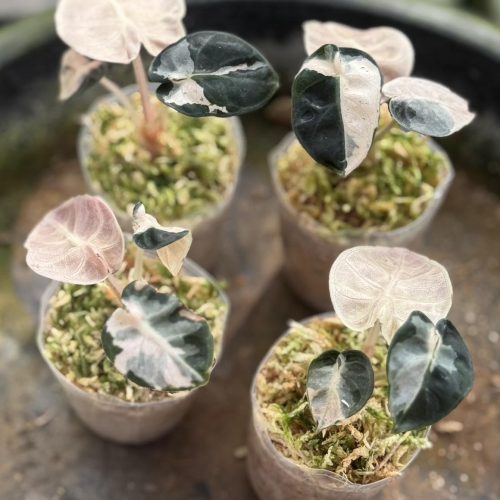


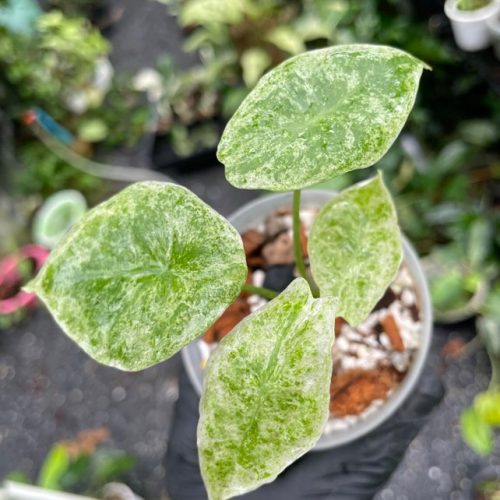
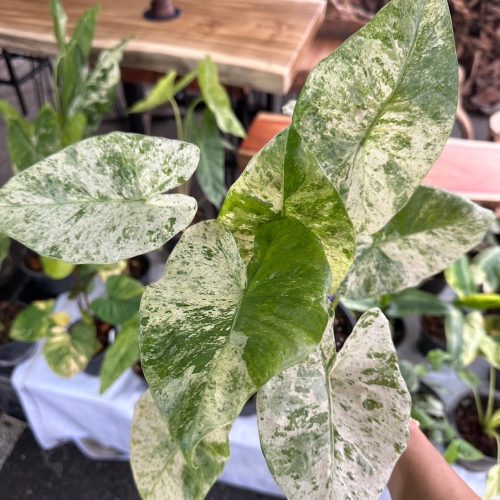

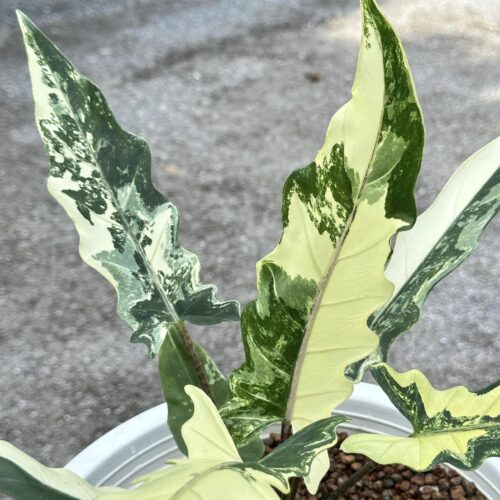
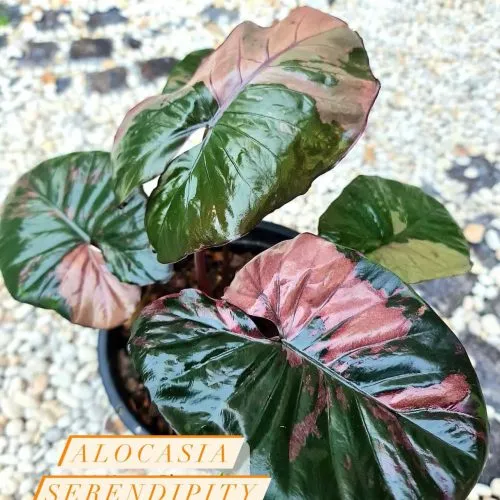
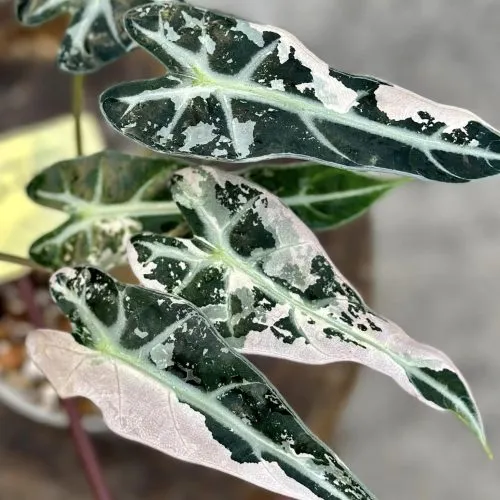
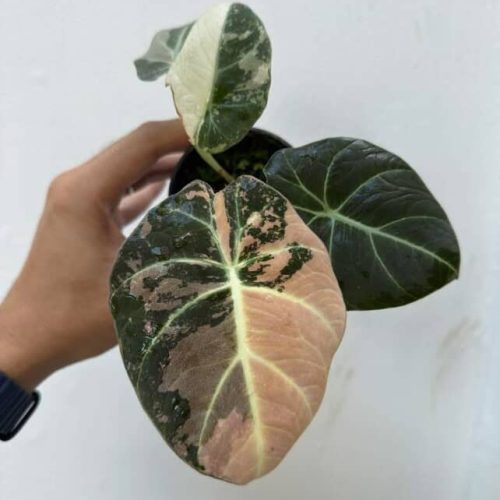
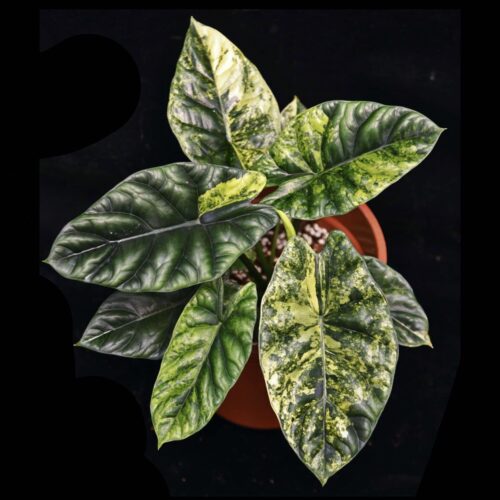
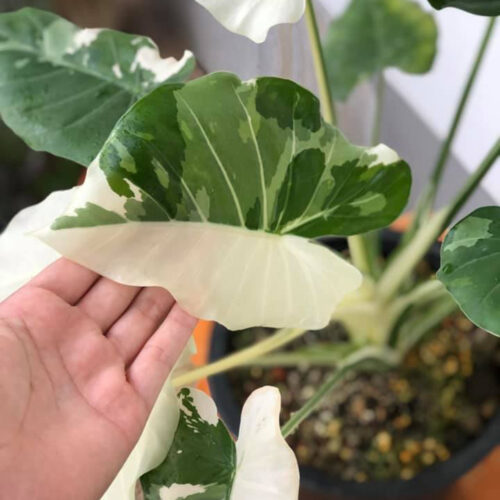
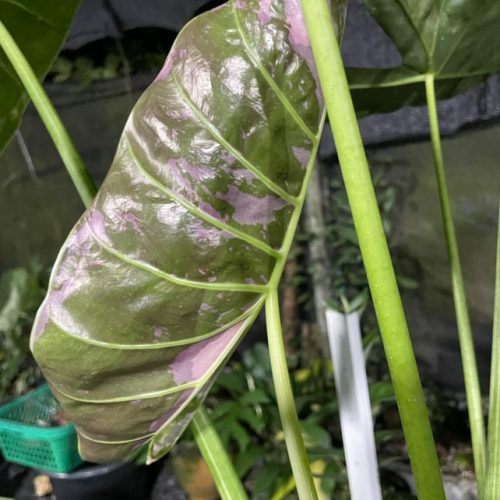
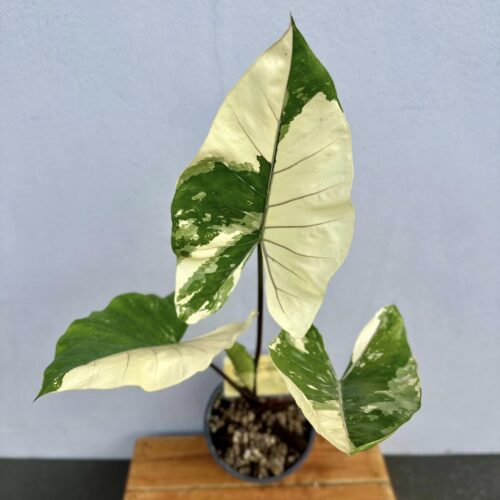
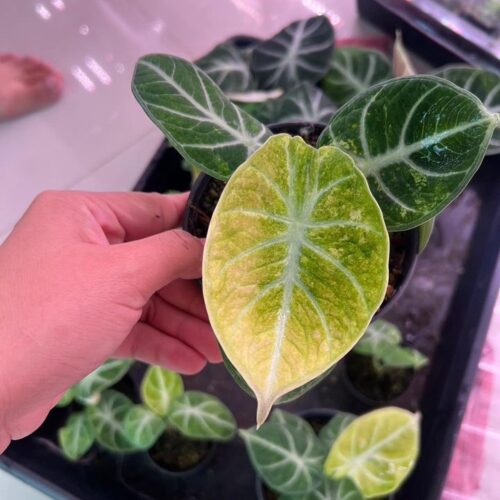
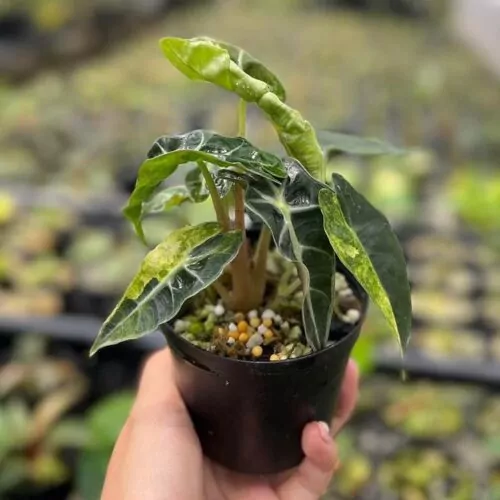
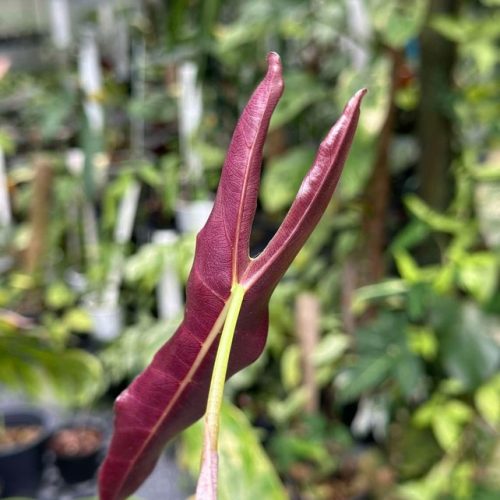

2 thoughts on “Alocasia Propagation”